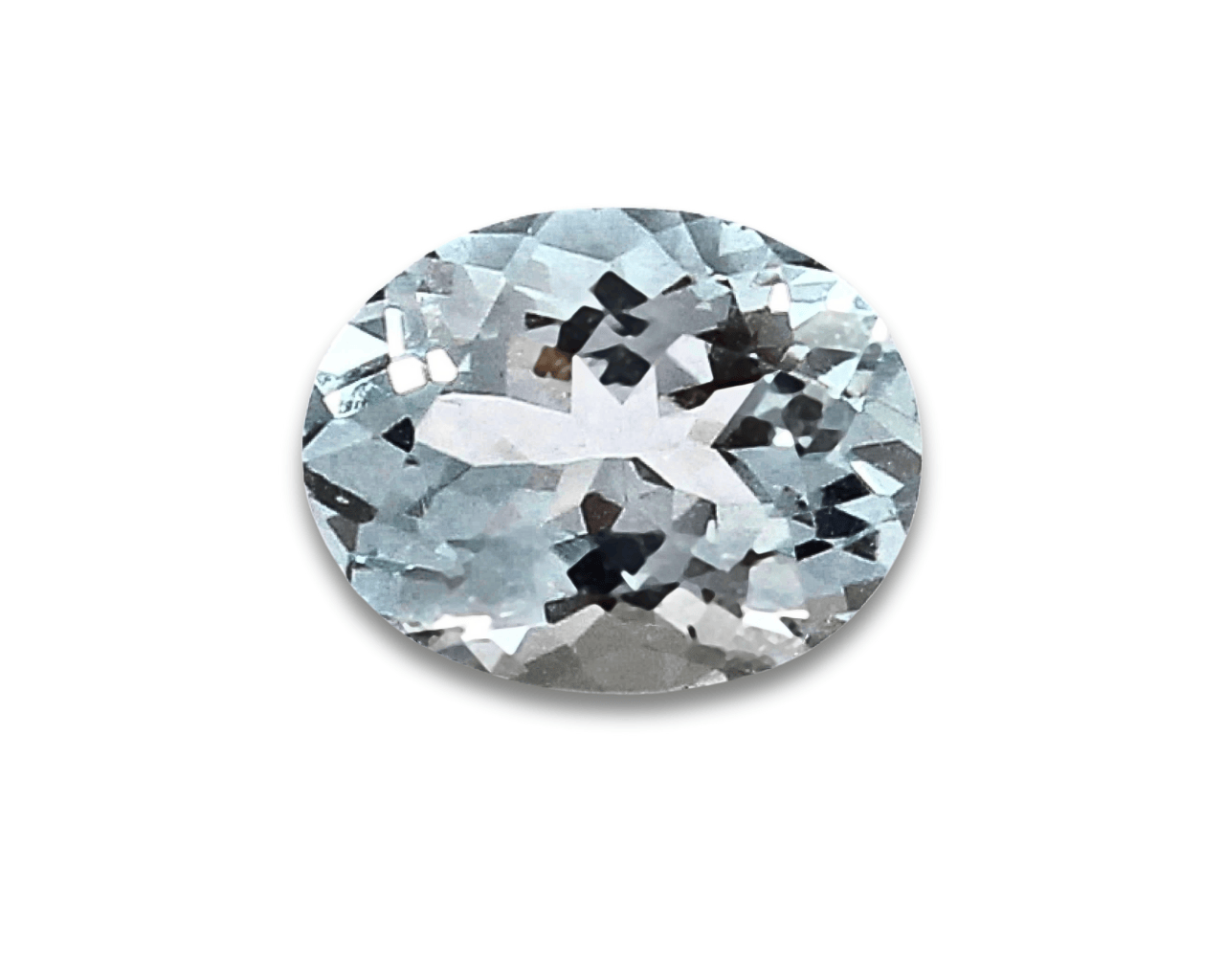
Aquamarine, with its mesmerizing blue-green hues, is a favorite among gemstone enthusiasts for its calming energy and oceanic beauty. Whether you’re a first-time buyer or a seasoned collector, buying aquamarine gemstones requires some knowledge to ensure you’re making a smart investment. From understanding quality markers to evaluating fair pricing, this guide by SHAS GEMS will help you navigate the world of aquamarine with confidence.
Understanding Aquamarine: The Basics
Aquamarine is a variety of the mineral beryl, sharing the same family as emerald and morganite. Its name derives from the Latin words aqua (water) and marina (of the sea), referencing its serene color reminiscent of tropical waters. Most aquamarines are found in Brazil, Pakistan, Nigeria, and Madagascar.
Unlike emeralds, aquamarines are typically eye-clean, meaning they lack visible inclusions. Their clarity, combined with their pastel hues, makes them a popular choice for rings, pendants, and other fine jewelry pieces.
1. Color: The Most Important Quality Factor
Color is the primary driver of value in aquamarine gemstones. The ideal shade ranges from a light pastel blue to a deep blue-green. Pure, intense blue stones are the most valuable, particularly those with no visible green undertones. That said, many buyers are drawn to the slightly greenish aquamarines for their unique charm.
Natural aquamarines can vary widely in color depending on their origin. Heat treatment is commonly used to enhance the blue tones by removing the greenish tint, a standard and accepted practice in the gemstone trade.
Pro Tip from SHAS GEMS: Always ask if the stone has been treated. Untreated stones with rich color are rarer and can carry a premium price.
2. Clarity: Seek Eye-Clean Stones
Aquamarines generally have excellent clarity. Unlike emeralds, which often have inclusions, aquamarines are typically free from internal flaws visible to the naked eye. When evaluating an aquamarine, hold it under a light source and look for any cloudiness, bubbles, or mineral inclusions.
Stones with excellent transparency and no visible inclusions are the most desirable. However, minor inclusions may be acceptable in larger or particularly vibrant stones.
3. Cut: Symmetry & Sparkle Matter
The cut of an aquamarine affects both its appearance and price. A well-cut gemstone will reflect light evenly and enhance the stone’s natural color. Common shapes include oval, emerald cut, cushion, pear, and round.
Avoid stones with dull or lifeless centers—these may be poorly cut. A precision-cut aquamarine will sparkle more and appear more vivid in color.
SHAS GEMS Insight: Our expertly cut aquamarines are crafted to maximize brilliance while preserving weight and color integrity.
4. Carat Weight: Bigger Isn’t Always Better
While larger aquamarines are available—and often more affordable per carat than diamonds—their value depends heavily on quality. A 5-carat stone with poor color and clarity might be worth less than a 2-carat stone with excellent properties.
Because aquamarine is relatively abundant, you can find impressive sizes without sky-high prices. However, always prioritize quality over sheer size.
5. Origin: Does It Matter?
Some collectors place a premium on aquamarines from specific locations, such as Santa Maria in Brazil, known for its intensely blue stones. However, origin should not be the sole factor in your decision.
Ask for documentation or certification when origin is claimed. Reputable dealers like SHAS GEMS will be transparent about sourcing and provide details on provenance when available.
6. Price: What Should You Expect to Pay?
Aquamarine is more affordable than many other precious stones, but prices can vary significantly depending on quality. Here’s a general pricing guide (as of 2025):
- Light color, small size (under 1 carat): $10–$30 per carat
- Medium blue, 1–5 carats: $50–$150 per carat
- Deep blue, premium quality over 5 carats: $200–$600+ per carat
Custom cuts, certification, and untreated stones can increase the price. Always buy from trusted sellers who provide full transparency on treatment, origin, and grading.
7. Certification & Trustworthy Sellers
Certification from gemological labs like GIA or IGI provides an additional layer of confidence when buying aquamarines. Certificates verify the stone’s authenticity, treatment status, and other key characteristics.
When shopping with SHAS GEMS, you can rest assured that every aquamarine gemstone is ethically sourced, expertly evaluated, and competitively priced. We offer full disclosure, certification options, and a return policy to ensure your satisfaction.
Final Thoughts
Buying aquamarine gemstones is as much about understanding beauty as it is about evaluating quality and value. By focusing on color, clarity, cut, and carat weight—and buying from a trusted seller like SHAS GEMS—you can enjoy a stunning gem that brings joy for years to come. Whether you’re purchasing for a special occasion or adding to your collection, aquamarine offers an elegant and timeless option in the world of gemstones.